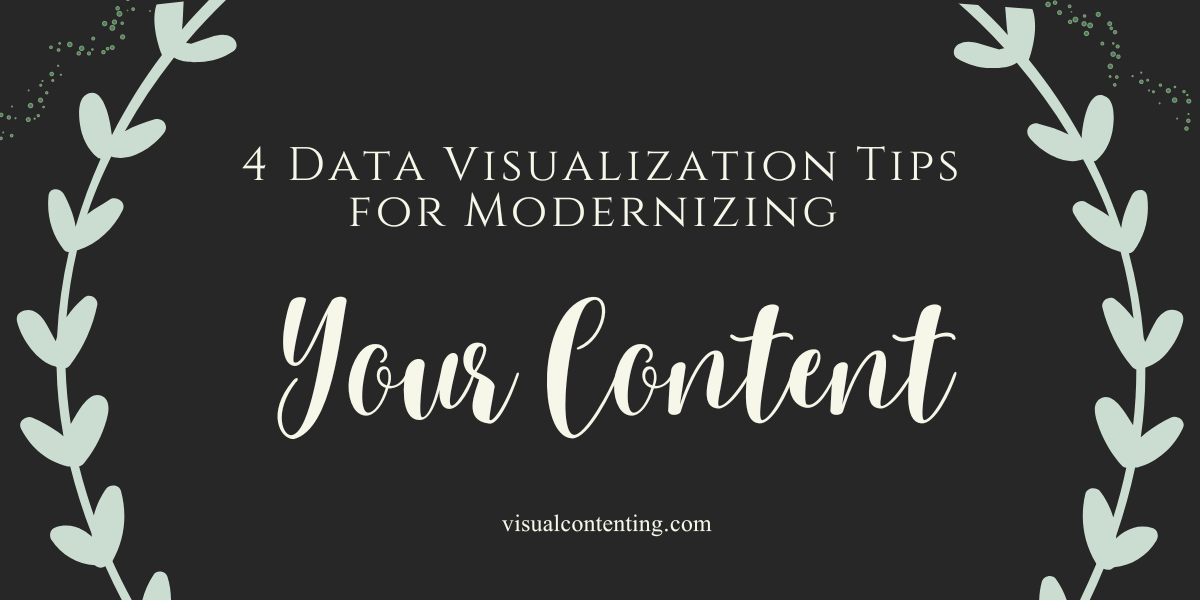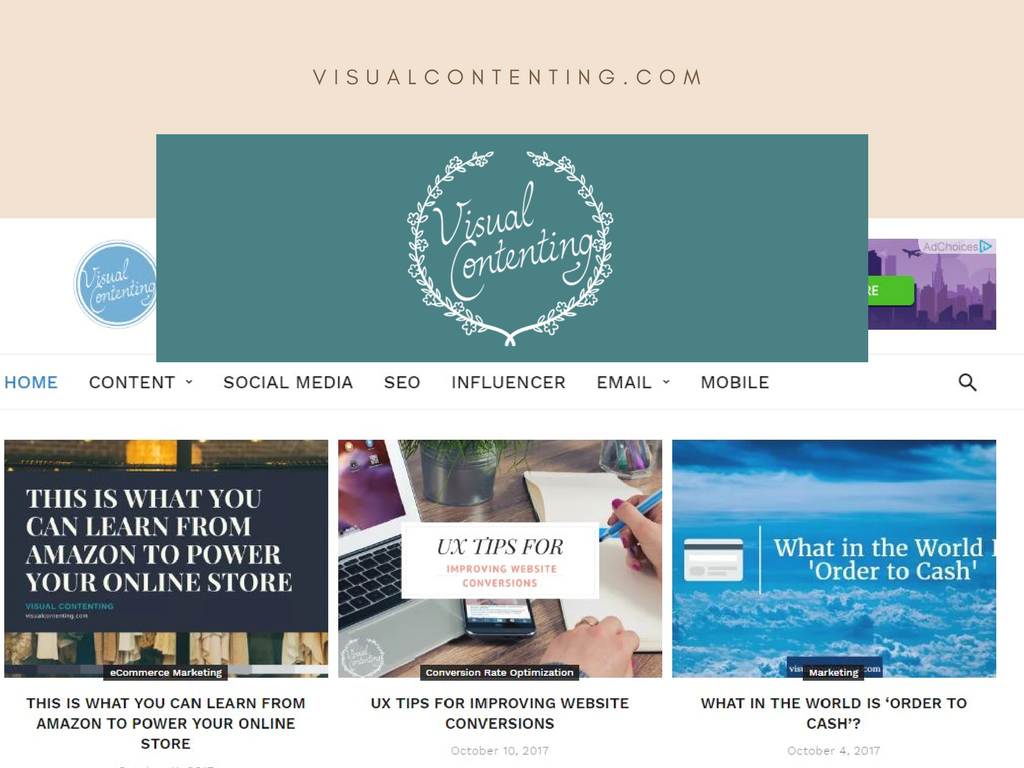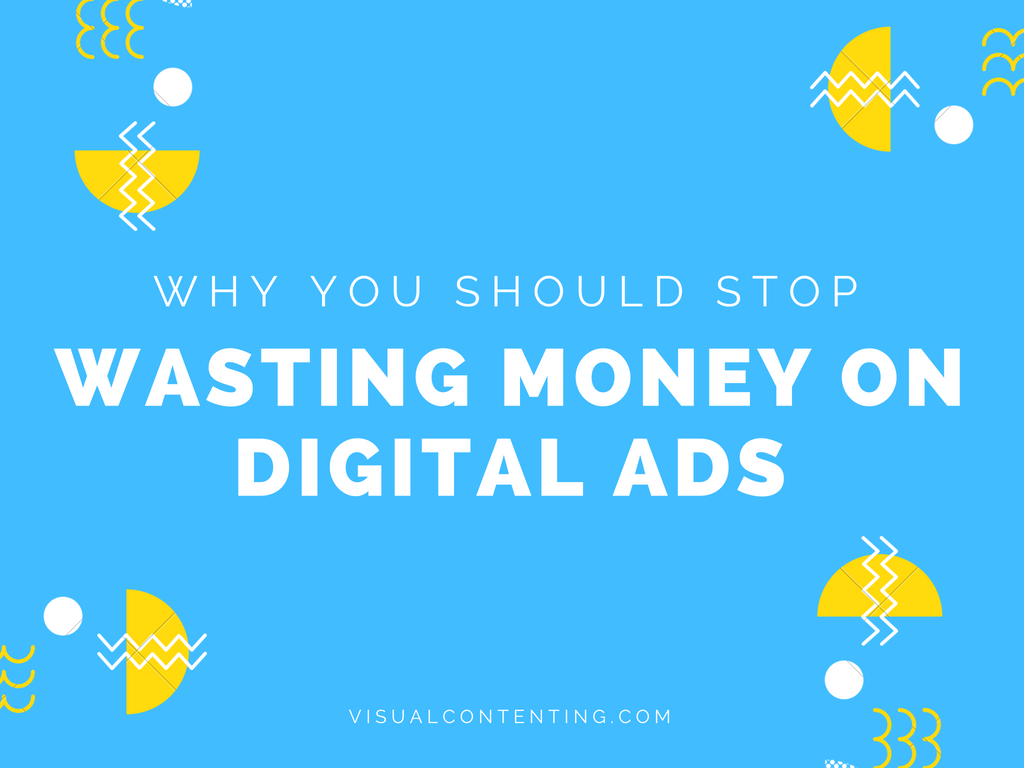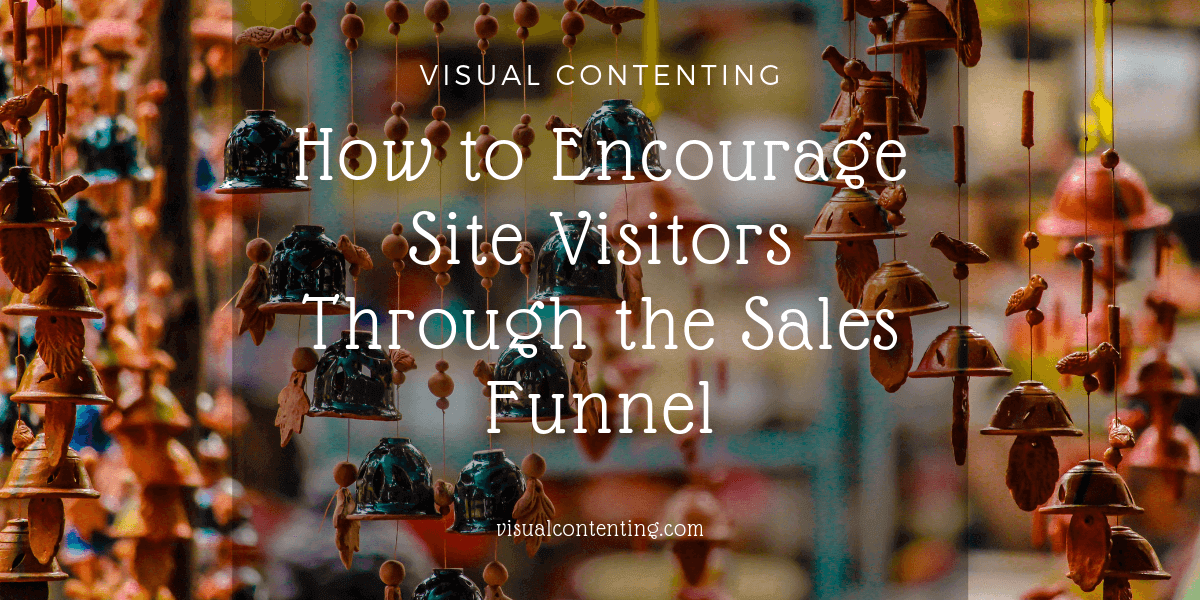Data can be a powerful storytelling tool — and, as data-driven content becomes more common, it may even be necessary.
Visual presentation plays a big role in how well data will fit into content. Good presentation can make your information accessible and tell a compelling story about even the most complex topics. On the other hand, bad presentation can confuse your audience or even mislead them.
The right visualization strategy can ensure your content communicates with data effectively. These four tips are essential for any business that wants to modernize its data-driven content.
Recommended: Data-Driven Marketing Trends for 2022
1. Know Your Audience
The best way to represent a certain set of information depends a lot on your audience. Customers are going to be interested in different angles, stories and news. Data visualization that is well-designed but not relevant to the audience may not perform well, even if it follows best practices.
You should also consider where your audience will view or encounter your data visualization. One visualization may look great in a printed publication but odd when viewed on a mobile device. Another might work well on the web but appear cramped or too small when printed in a brochure. Designing with the publication medium in mind will help ensure they are as visually appealing as possible.
Reviewing or performing new audience research will help you understand what your target audience needs before designing a new data visualization.
2. Keep It Simple
Less really is more when it comes to data visualization. Clutter and unnecessary design elements can distract your readers and make things look more complicated. This will make the story you’re trying to tell less clear and intentional.
Icons, data legends and grid lines may be necessary for a chart or graph to make sense, but they can often be removed safely if they're not. Knowing how to identify and remove clutter and unnecessary elements will help you keep your visualizations simple and easy to follow.
Designers and content creators should also know which stories are worth telling. Businesses have more access to information than ever. At the same time, demand for larger, faster and more flexible storage is on the rise. For example, 32% of edge data center suppliers in North America expect to build, supply or maintain more than 100 facilities in just two to three years.
It can be tempting to use as much information as possible to make an organization seem more data-driven or trustworthy. However, too much data can be overwhelming and unclear. Using fewer, more valuable data points and visualizations will help designers tell a more compelling story.
3. Provide Context
Data only makes sense with the right context. It won't offer much value if your audience doesn't understand how what you're presenting fits into a broader story — about your brand, products, industry or the world..
Almost every aspect of your data visualization can provide context. For example, bar and line graphs are two classic methods to represent change over time. They will clue readers into your plan, which is showing how a certain number — like sales or a customer satisfaction metric — is changing.
At the same time, the wrong context can be confusing or misleading. For example, a pie graph with a large number of sections can make data seem much more complex than it really is.
4. Use Color and Contrast
Color and contrasting visual elements add extra appeal and clarity to your visualizations.
For example, color in a bar graph can help highlight a single bar or pair related ones together. Certain shades also have useful associated meanings. For example, green and red paired together could suggest positive and negative data points or represent successes and failures.
Font size can help you distinguish a chart’s title from its labels and other text, like data source information present beneath. You can also bold or color text to highlight important information or make larger chunks of text easier to scan.
Try using contrast to make data visualization more visually engaging whenever it feels flat or hard to follow. A chart can often be made much easier to understand with just one or two changes.
Recommended: How to Incorporate Data Visualization into Your Next Marketing Campaign
Optimizing Data Visualization for Modern Audiences
How a data visualization is presented can have a big impact on how valuable it will be.
Modernizing data visualizations by adapting them to audience needs, removing clutter, adding context and using contrast can help make them easier to understand and more interesting.
Use modern design techniques to simplify your story, highlight important elements and keep data relevant to audience interests.
Related Posts
I’m the Managing Editor of ReHack.com and have over 5 years of writing experience covering cybersecurity and business tech. I’m also a contributor at Business.com, MakeUseOf, Lifewire, and more.







